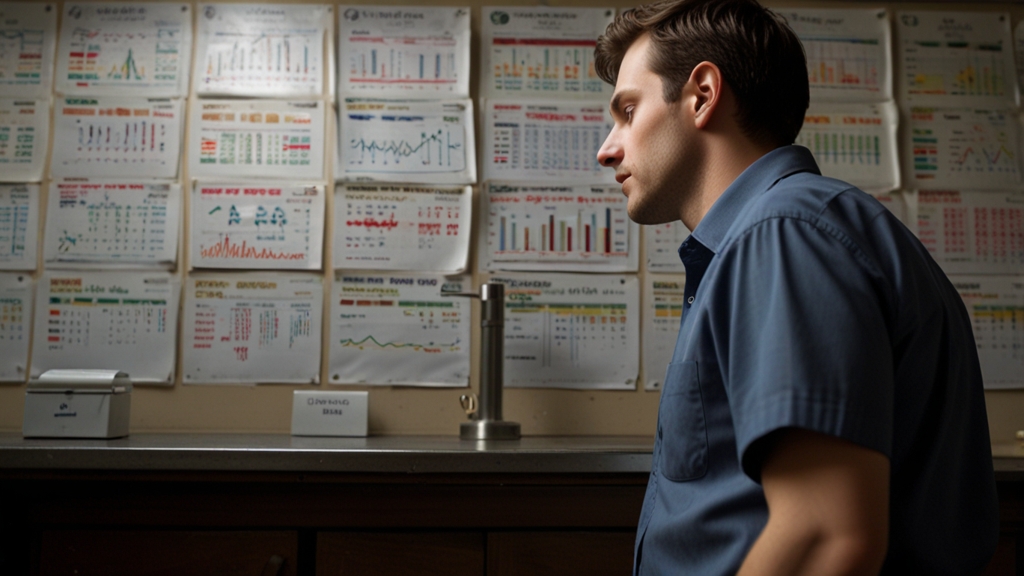The Children of War: Growing Up During the World Wars
The world wars brought unprecedented chaos, destruction, and heartbreak. While soldiers and civilians suffered immeasurably, another group faced unique challenges and trauma: the children. The innocence of youth was abruptly shattered as the ravages of war encroached on their daily lives. These children, caught in the maelstrom of conflict, displayed remarkable resilience and adaptability. This article delves into their experiences, examining the lasting impact of wartime on their upbringing and development.
Disrupted Education
One of the most profound disruptions for children during the world wars was to their education. Schools were often converted into makeshift hospitals or military barracks, leaving students without formal education for extended periods. In occupied areas, curricula were altered to fit propaganda needs, which further eroded genuine learning.
Despite these challenges, many children found ways to continue their education. Makeshift classrooms emerged in basements and other safe spaces. Some teachers risked their lives to ensure that young minds continued to be stimulated. These initiatives provided not just education but also a semblance of normalcy and hope amid chaos.
“We had lessons in a bomb shelter, our teacher reading to us by candlelight. Those moments, though terrifying, were also comforting. We felt connected and valued.” – An anonymous child survivor of World War II.
Family and Social Dynamics
The family unit was severely tested during the world wars. Many fathers were conscripted, leaving mothers to take on dual roles of caregiver and breadwinner. The absence of paternal figures had a significant psychological impact on children, leading to feelings of insecurity and abandonment.
Communities often rallied to support one another, forming surrogate families. Children formed close-knit bonds with neighbors, friends, and extended family members. These social networks provided emotional and practical support, helping children cope with the myriad challenges they faced.
Psychological Impact
Witnessing the horrors of war left deep emotional scars on many children. Bombings, executions, and other violent acts became part of their reality. The constant fear and uncertainty led to anxiety, depression, and post-traumatic stress disorder (PTSD) in many young minds.
Yet, it is remarkable how resilient children proved to be. Many channeled their experiences into acts of creativity, drawing, writing, and play-acting war scenes. These activities allowed them to process their trauma and provided them a mental escape from their harsh realities.
“We played war games not because we didn't understand the gravity of the situation, but because it was our way of mastering our fears. In our games, we could always win, and we could always come home.” – A survivor recalling childhood during World War I.
Economic Hardships
The wars triggered severe economic instability, and children often had to contribute to the family’s survival. Child labor became common, with many young ones taking on work in factories, farms, and even as messengers. These responsibilities robbed them of their childhood but also instilled in them a sense of duty and resilience.
Rationing and shortages meant that children had to make do with very little. This scarcity bred a generation that learned to appreciate every small gift and opportunity. They grew up resourceful and adaptive, qualities that would serve them well in their later lives.
Long-term Consequences
The experiences of children who grew up during the world wars had lasting effects. The resilience and adaptability they developed often translated into remarkable contributions in their adult lives. Many became leaders, artists, and advocates for peace, driven by the desire to prevent future generations from enduring similar hardships.
However, the psychological impacts persisted for many, requiring lifelong coping mechanisms. Understanding the plights of these children is crucial for addressing their unique needs and ensuring that their sacrifices are recognized and valued.
“We were the children of war, and though we emerged with scars, we also emerged with strength. Our stories are a testament to the resilience of the human spirit.” – A reflection from a World War II childhood survivor.
Conclusion
The children who grew up during the world wars faced immense challenges that shaped their lives indelibly. Their stories are a poignant reminder of the human cost of conflict. Through their resilience, adaptability, and courage, they offer timeless lessons in the strength of the human spirit. As we reflect on their experiences, we must continue to strive for a world where no child has to endure the ravages of war.









